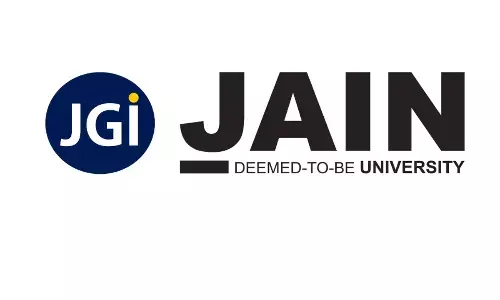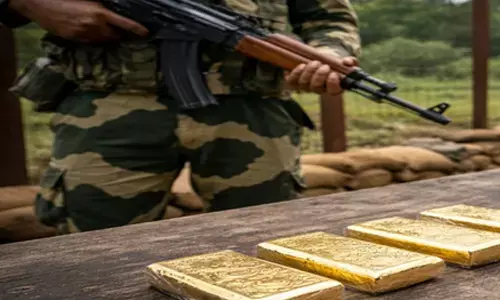Would there be a Domino Effect of Turkish Lira crisis on India?

Trade wars between Turkey and USA has lead to a currency crisis for Turkish Lira, as it plunges more than 40 per cent this year Can this crisis be contained locally, or does it have a contagion domino effect, like was seen during the Asian financial crisis of 1997
Trade wars between Turkey and USA has lead to a currency crisis for Turkish Lira, as it plunges more than 40 per cent this year. Can this crisis be contained locally, or does it have a contagion domino effect, like was seen during the Asian financial crisis of 1997?
What crisis?
US has doubled steel and aluminium tariffs on Turkey, as US has been pushing for the release of Pastor Andrew Brunson, who was being held by Turkey on terrorism charges. Turkey retaliated by increasing import taxes on US goods, such as automobiles by 120 per cent, alcohol by 140 per cent and tariffs on coal, cosmetics and rice.
Is it critical?
As of June 2018 Turkey imported $18.4B of goods while exporting about $13B. So they are in a balance of trade deficit of less than 1 per cent of GDP of $851B, which is nothing to be alarmed about. However the country is running high on inflation, interest rate and external debt. With persistent double-digit inflation currently at 15.85 per cent, interest rate at 17.75 per cent and with unemployment rate of 9.7 per cent, is making the situation much more volatile. Any disturbance to rock the boat might be troublesome and that is exactly what has happened with the US imposed trade tariffs.
Why did Lira plummet?
Prior to this event the Turkish Lira was already under pressure due to high inflation. Calls to increase interest rates to curb inflation, was not considered due to various political issues. On the other hand the administration has always sided with reduction in interest rates, to simulate growth, which goes against what most economists believe. Wealthy Turkish investors started pouring their funds elsewhere even before the crisis and post the crisis foreign investors also started pulling out. This has unnerved investors and has sent the currency on a tail-spin.
How does it stabilise?
Since the dip the currency has gained back about 5 per cent, as Qatar offered $15B in investments. There are also calls to boycott American goods and sell any foreign currency for Lira, in addition to the retaliatory tariffs, which is short sighted. I think the main goal should be to stabilize inflation, long-term double-digit inflation is not good for stabilizing currency as it erodes the value of the currency and it impacts the poor more than the rich.
There is a lesson to be learnt from the current Venezuelan crisis that has touched an inflation rate of 82,000per cent, which is unbelievable and closely behind the record German hyper-inflation of 1921 of a Trillion. To stabilise a currency sometimes a country needs to boldly swallow the bitter-pill of curbing growth by increasing interest rates. Printing money to pay-off debts has never helped; the need of the hour is to build confidence in investors by implementing meaningful measures. Off course retaliatory trade tariffs does not help either.
Will this impact India?
Indian markets along with some Asian markets have seen some volatility due to the Lira crisis. This is typical as foreign investors will fear higher risk assets in emerging markets and will dump the local currency for US Dollars. Indian rupee touched an all-time low of Rs 70.67 against US$. There was intervention from the central bank to stabilise the currency, which is typically done by selling some of the US$ reserves and buying rupees to shore up the local currency.
This needless to say will deplete some of the $405B in foreign exchange reserves we current hold, for an important cause. A stable currency is paramount to reduce the burden of trade. From a macro economic perspective, India is on very stable foundation with an under-control inflation rate of 4.17 per cent, interest rate of 6.5 per cent and an unemployment rate of 3.52 per cent. The only concern is the negative balance of trade of $18B a month, which is constantly growing with higher imports. So any depreciation of rupee has a negative impact on the balance.
Will the turmoil continue?
The foreign funds that freely flowed into emerging markets is drying up. This is mainly due to the quantitative easing tap which most governments opened up in the past has been shut in some countries. US’s Federal Reserve had kept that tap open for almost nine years by buying asset-backed and treasury securities in the wake of the financial crisis, thus accumulating almost $4.5 Trillion in assets. Now they have started unwinding the assets to the tune of $10B every month since Oct 2017 and are likely to increase it to $50B by Oct 2018. With this unwinding of assets, funds are scarce and hence reduce the flow into emerging markets. With scarce dollars, the value of the dollar also appreciates aggravating the crisis further. However this is a well planned out schedule and the markets have already priced it and hence no surprises.
If the crisis is contained with this event and there are no more surprises, then it can be mitigated. However the horizon is not clear with the US having imposed various tariffs on China, Mexico, Europe and Canada, which needless to say have attracted retaliatory tariffs from these countries. Since then China has agreed on trade talks that is scheduled for the later part of August. Unless these trade wars are curtailed, we are sitting on a keg of gunpowder.
Leben Johnson
(The views expressed are the personal views of the author, an Associate Professor, and Coordinator, GITAM FinTech Academy)















